Geography
The intention of geography teaching at St Herbert’s is to enable children to have a secure sense of place related to the people and environments that make up our planet. To achieve this we teach a sequenced geography curriculum that ensures continuity and progression. This is done by revisiting and building on pupils’ prior learning and by making links between the geographical modules taught to different year groups. As children progress through our school we introduce more complex knowledge and skills deepening our pupils’ understanding of geography.
We intend our geography curriculum to allow pupils to learn about geography at local, national and global levels, relating much of their learning through comparisons with what they can personally identify with in their own lives and our local area. We hope our links outside the classroom with local people, local economic activity and Cumbrian physical and human environmental features will allow children to feel connected to the place in which they live. Our intention for our global links with primary schools in Moshi, Tanzania and enquiry based learning about other overseas localities will enable children at St Herbert’s to begin their journey to being positive and effective global citizens.
In Early Years, geography teaching and learning takes place through the specific area of learning: Understanding the World. It focuses on children’s most familiar locality: themselves; their home and school. Geographical learning opportunities are provided through stories, specific and wider provision, local visits and exploration of our school grounds.
Throughout KS1 and KS2 we choose to deliver our ambitious geography curriculum using the CUSP (Curriculum with Unity Schools Partnership) model and resources. We believe this provides increasingly challenging and progressive objectives, from Y1 to Year 6, engaging pupils with thorough geographical substantive knowledge required by the National Curriculum alongside opportunities to develop disciplinary knowledge, geographical skills and fieldwork opportunities.
Substantive knowledge is based on the main interconnected geographical concepts of: locational knowledge; place knowledge, human and physical geography and geographical skills and fieldwork.
Pupils make more sense and develop a deeper understanding of these substantive concepts and knowledge by using what they know and applying it to complete ‘thinking hard’ tasks, so they can ‘think like a geographer’. These tasks cover the disciplinary concepts and knowledge of: place and space; scale and connection (relationships and interdependence); environment and sustainability and culture and diversity. These activities also help enable pupils to understand the significance of what they learn.
At St Herbert’s we highly value the teaching of vocabulary and our geography curriculum provides many opportunities for children to learn new vocabulary from tier- 2 to tier 3- specialised geographical vocabulary.
We aim for all our pupils to understand that geography is learning about how people and places are connected. Through learning more and remembering more geography we then hope St Herbert’s pupils will continue to develop their curiosity about the wonderful world in which we all share and realise the value of their place within it.
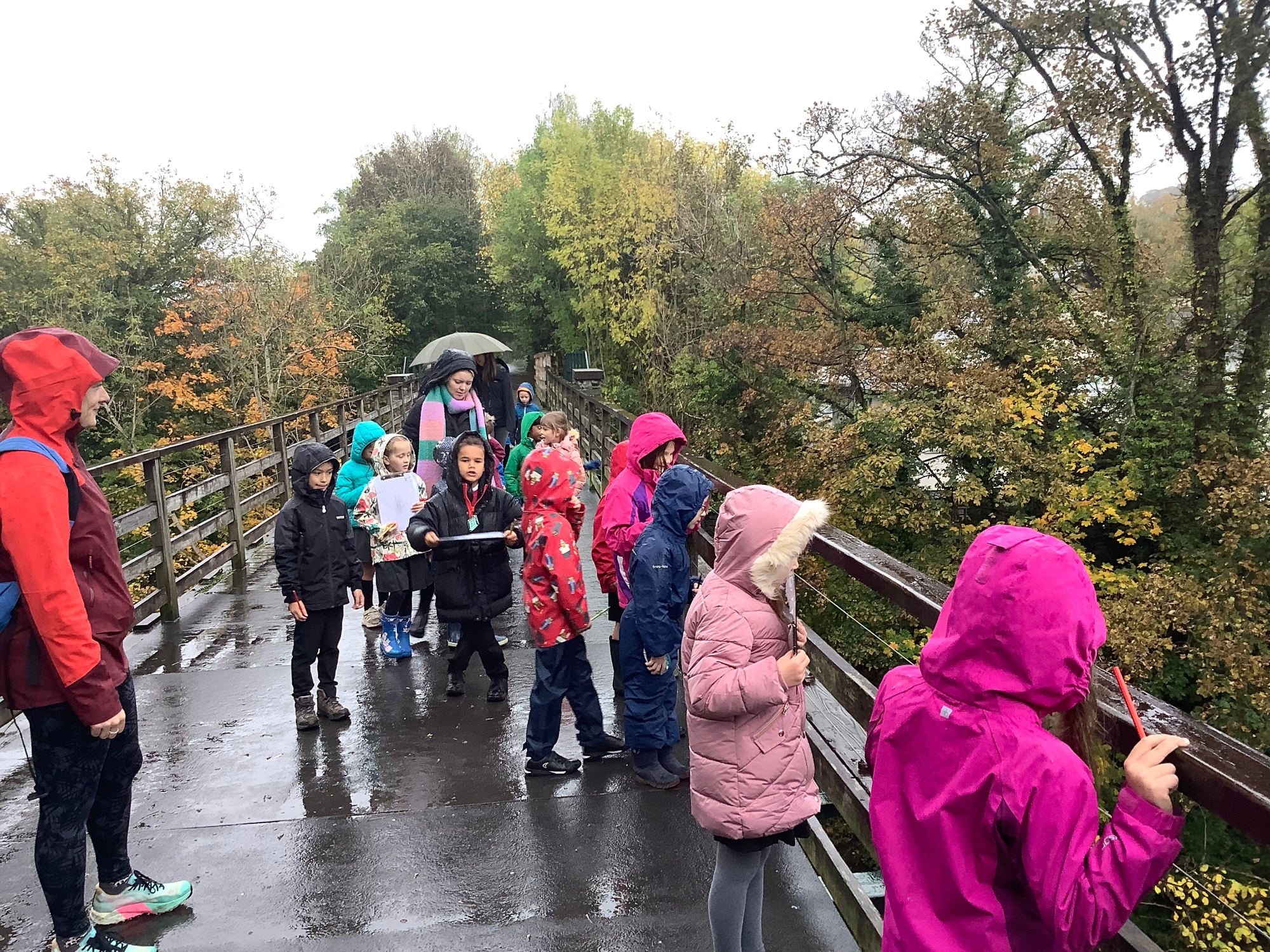
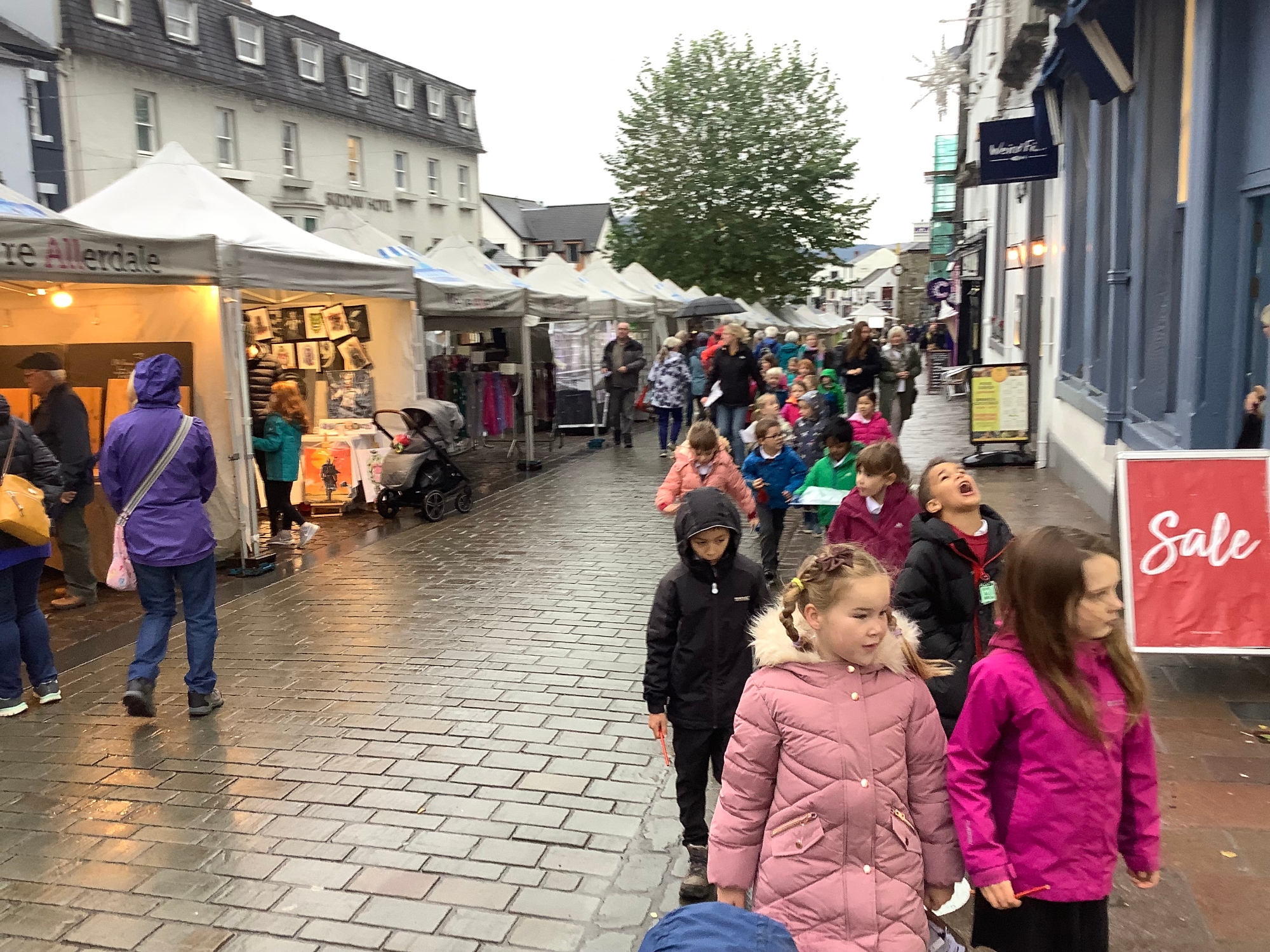 Noticing human and physical features in our local area on a KS1 geography walk.
Noticing human and physical features in our local area on a KS1 geography walk.
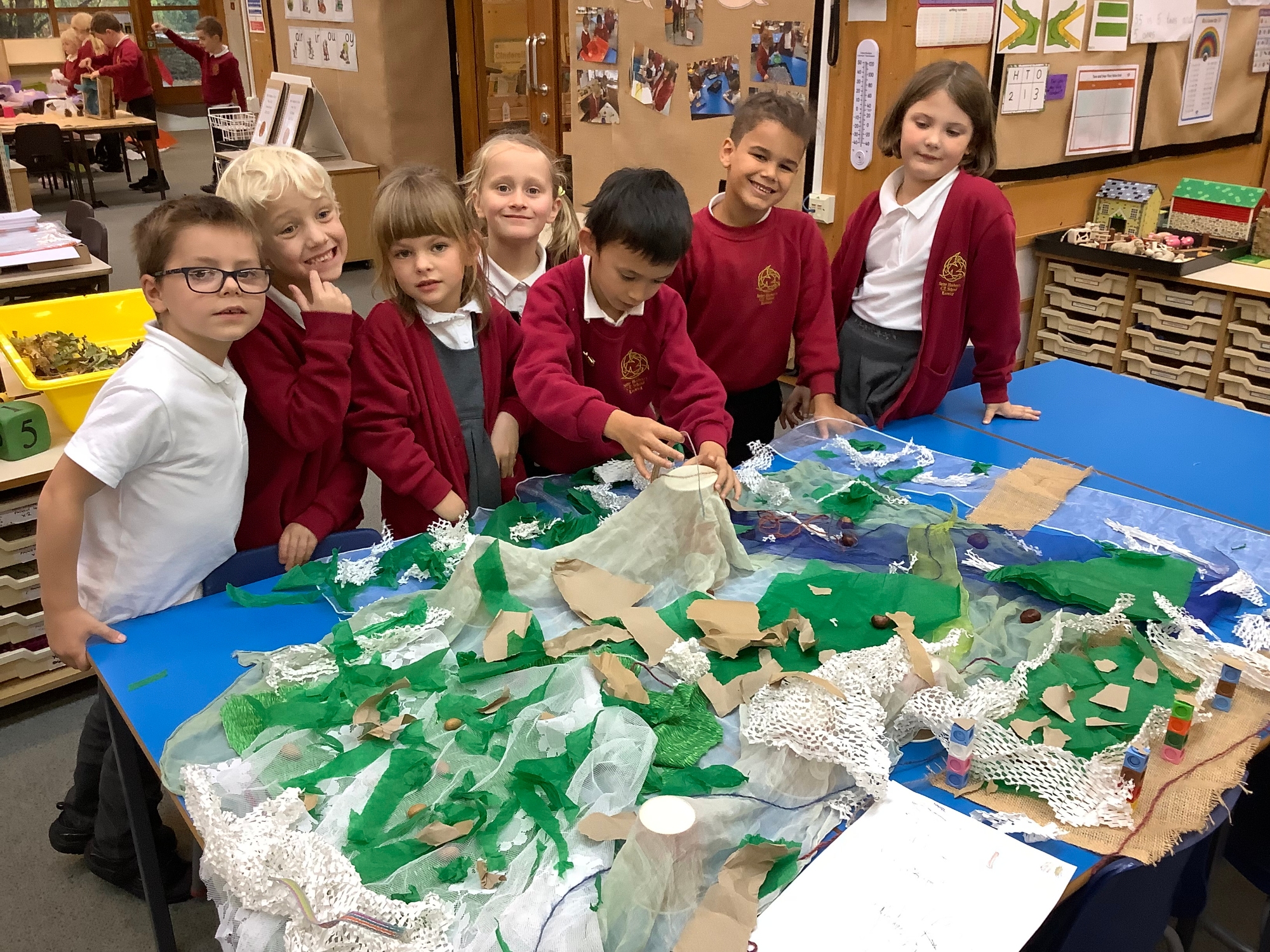

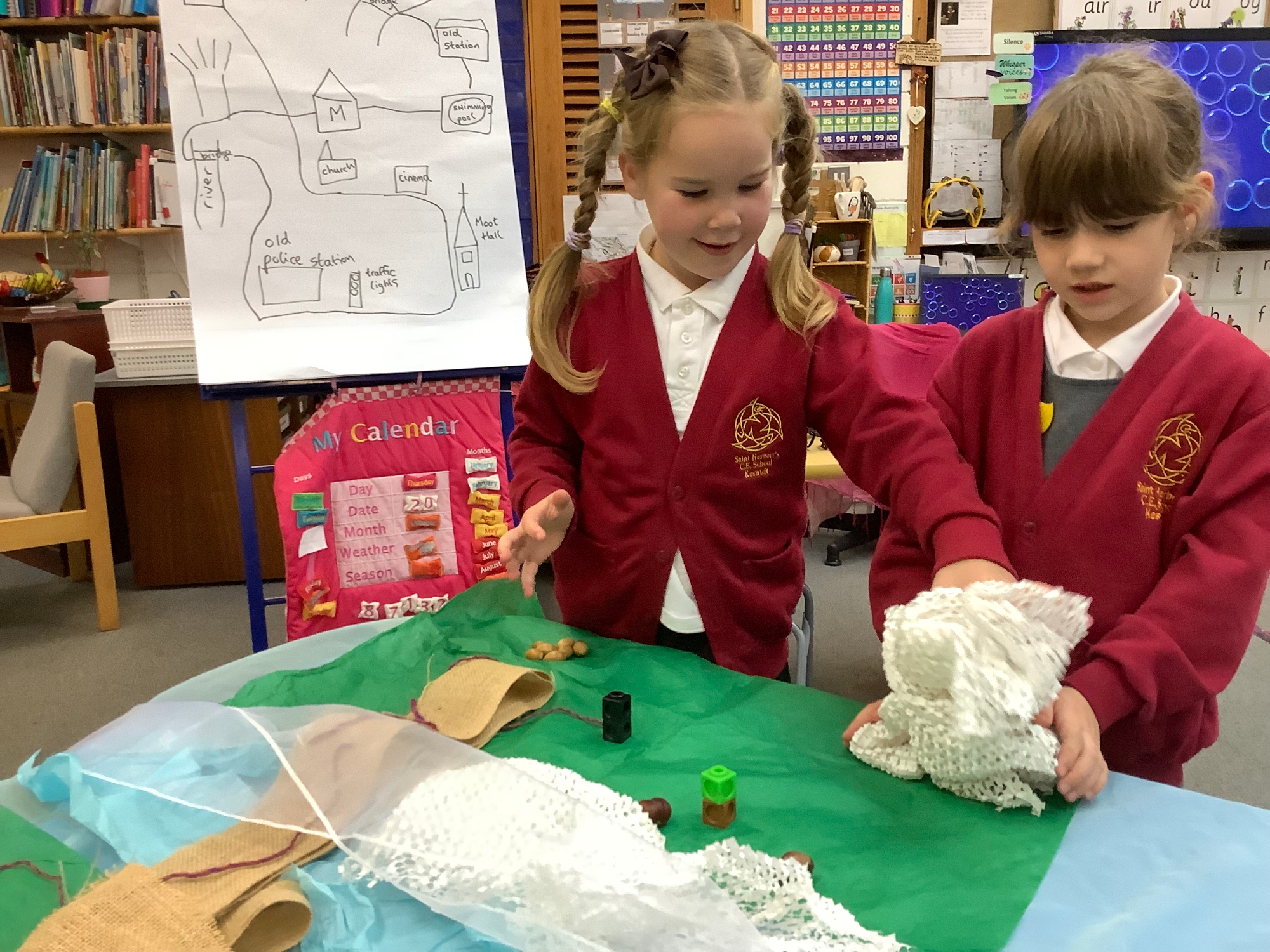
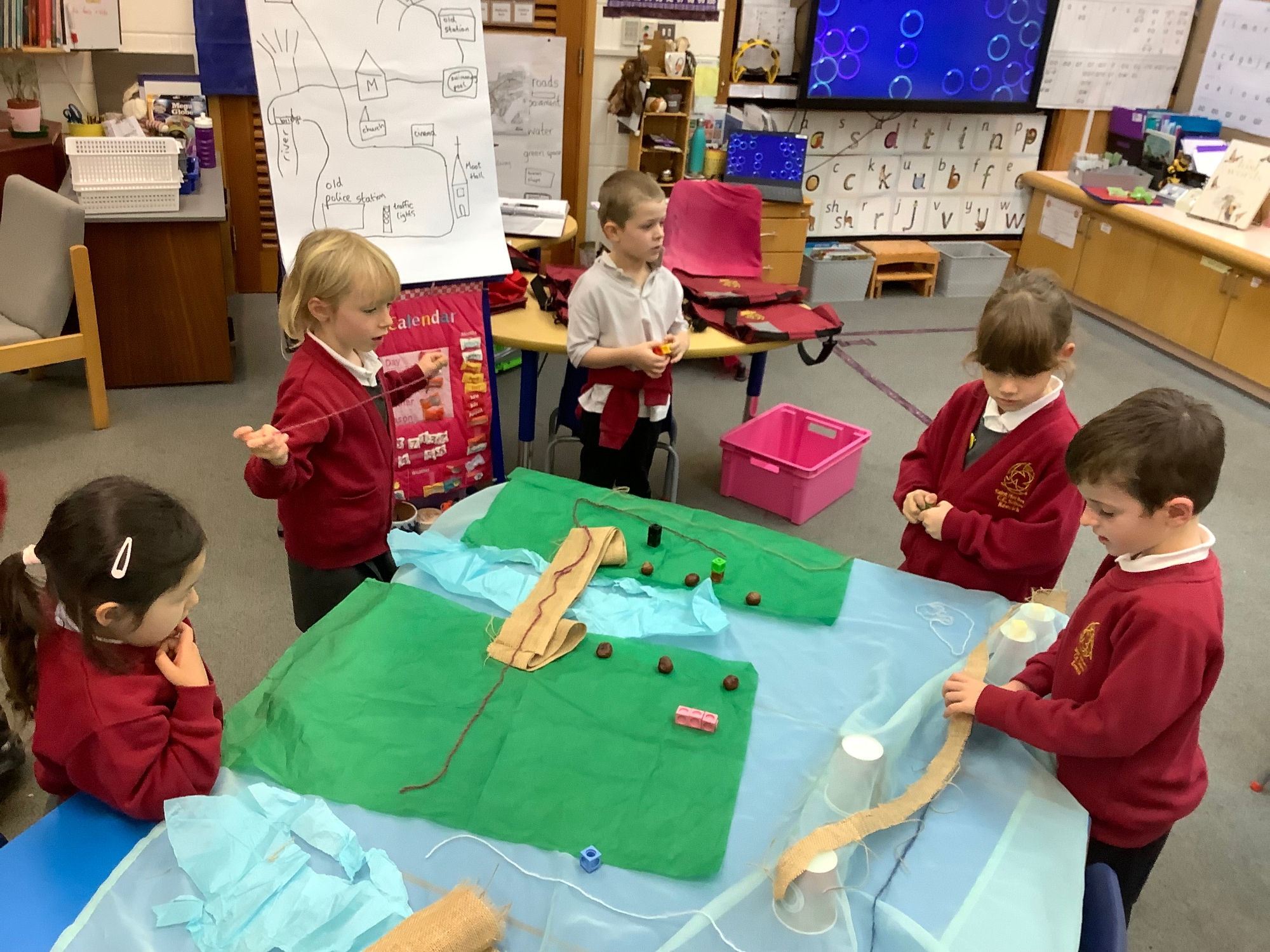
Creating 3-dimensional maps with a key, after drawing linear maps of our local area walk.


Annotating Google Earth images with human and physical features.
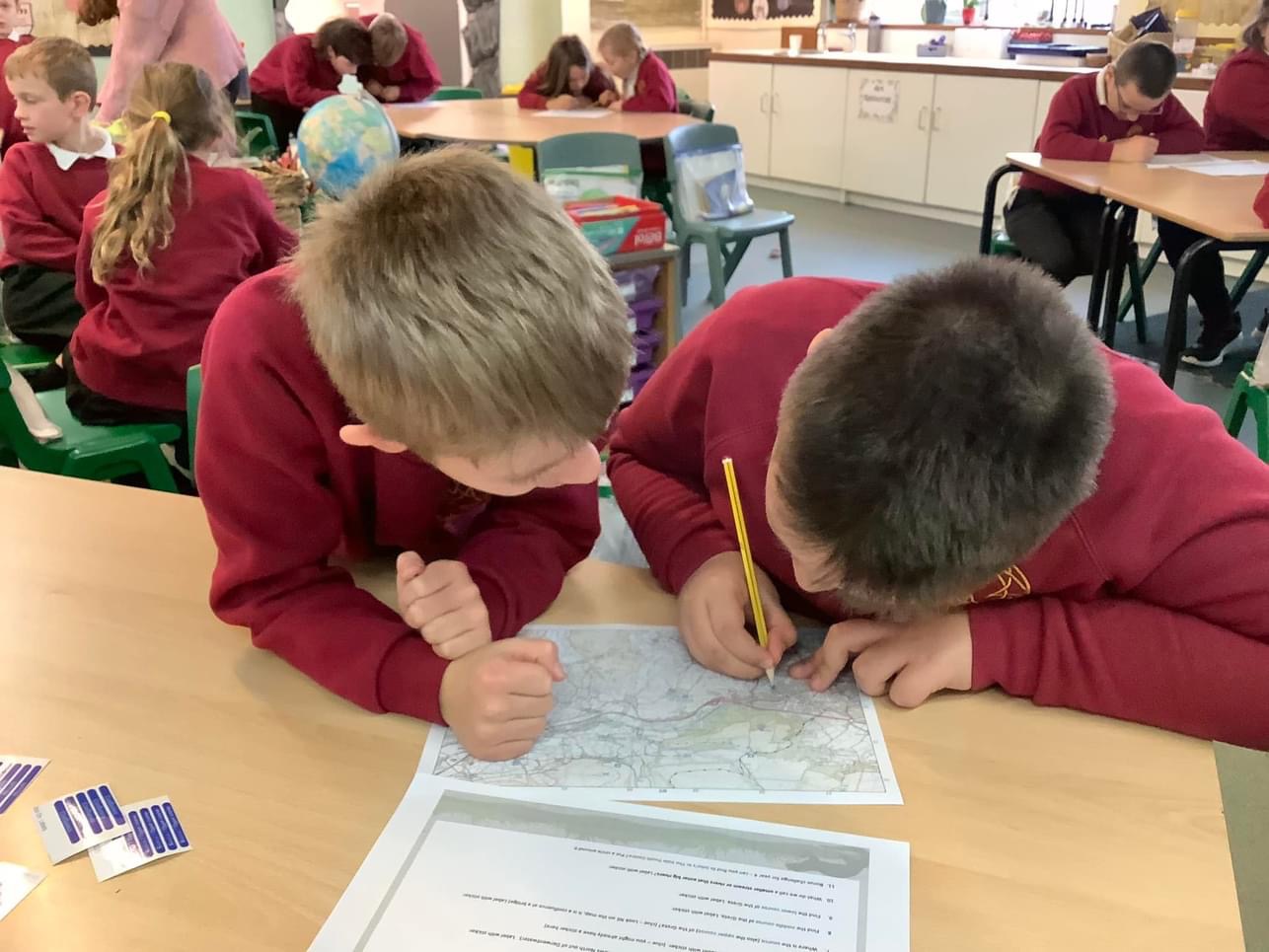
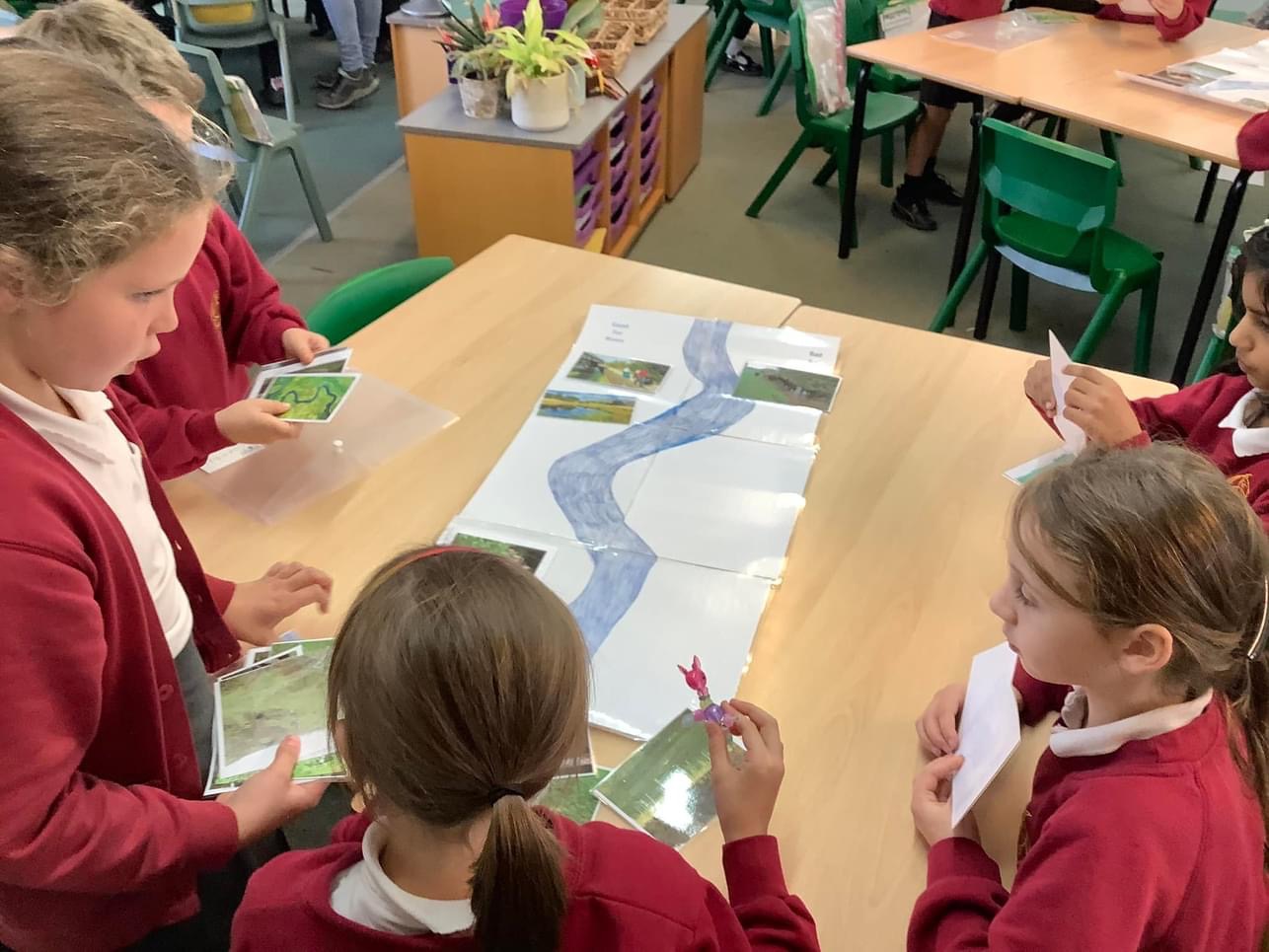
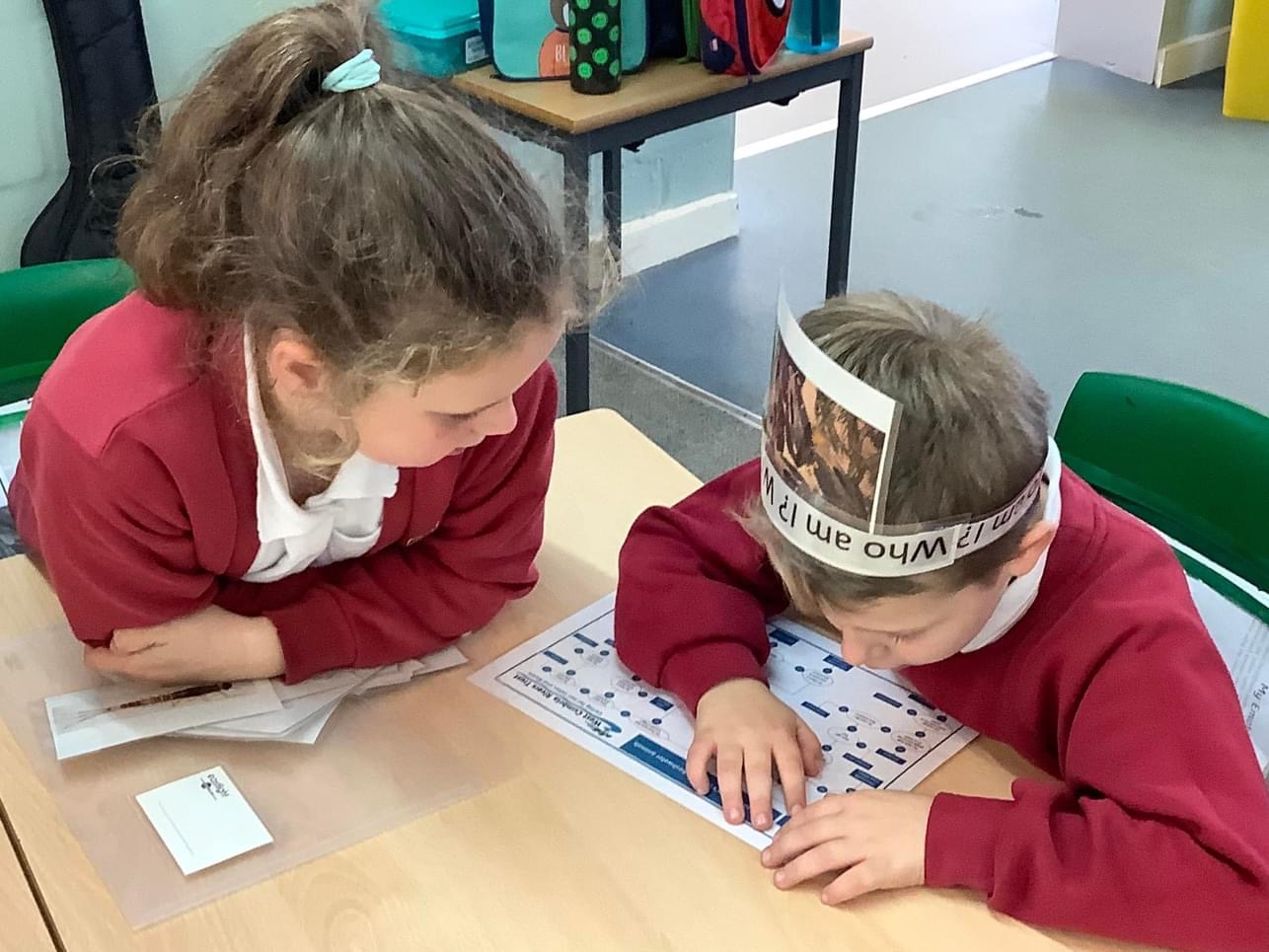
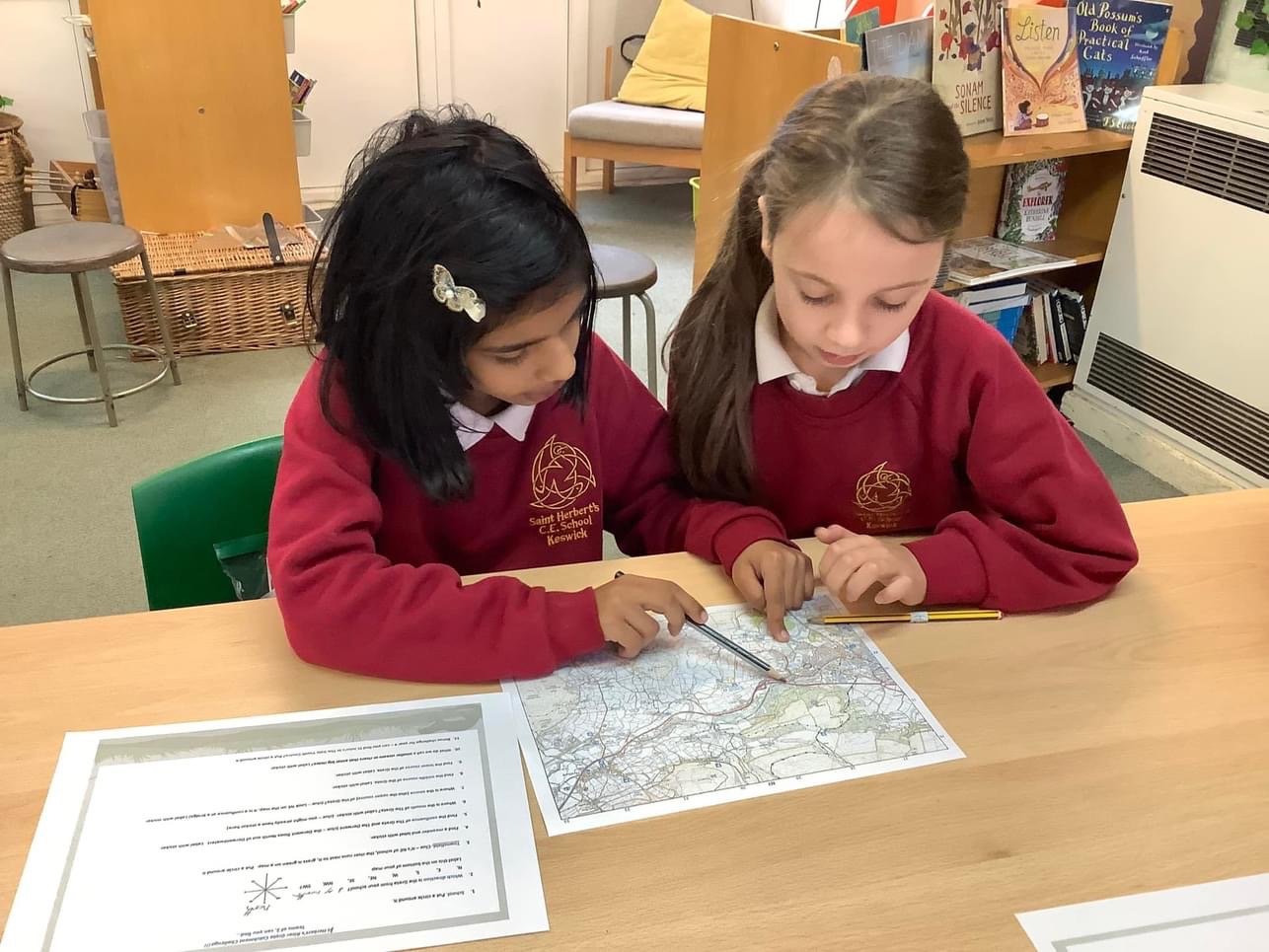
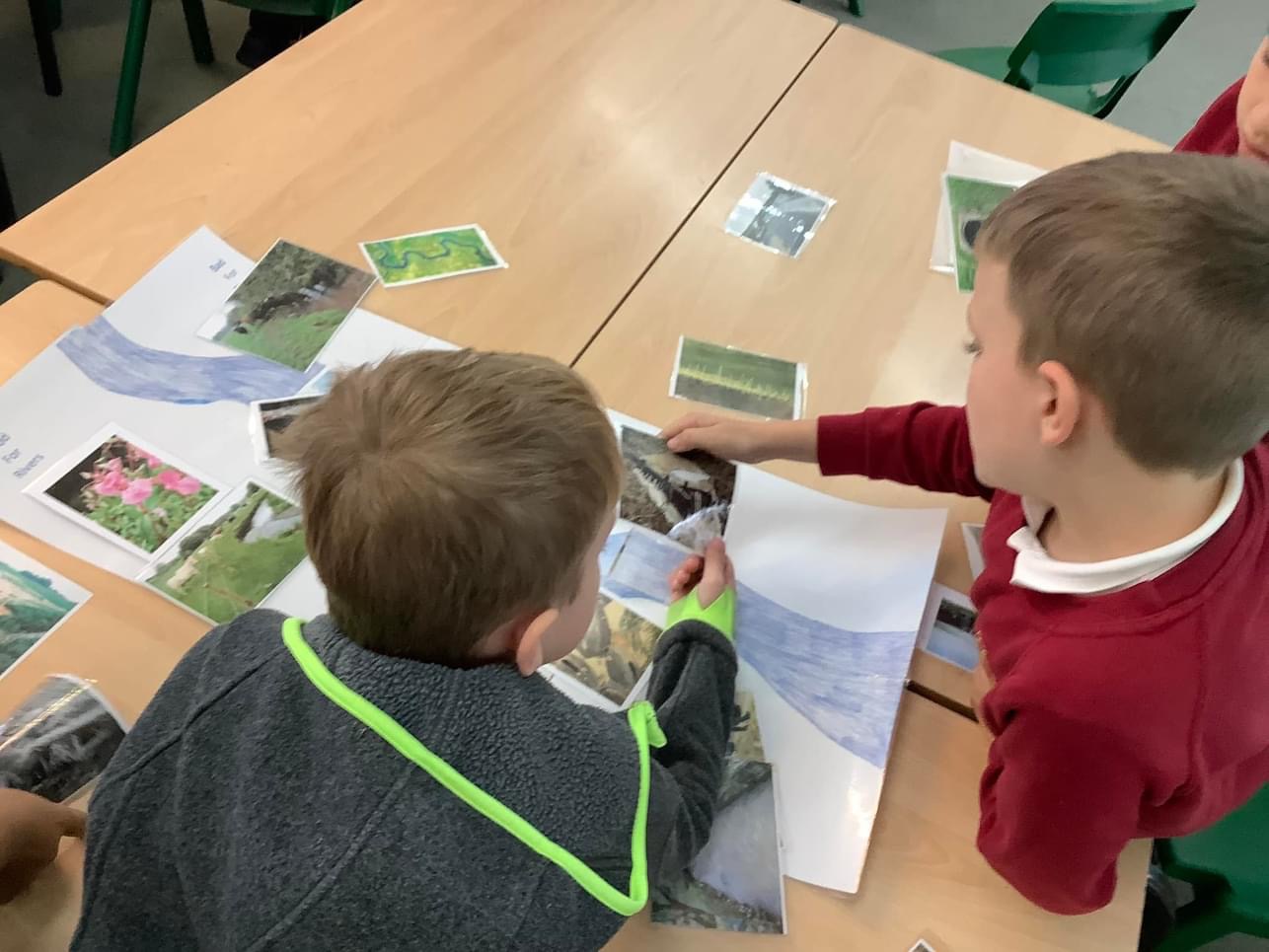
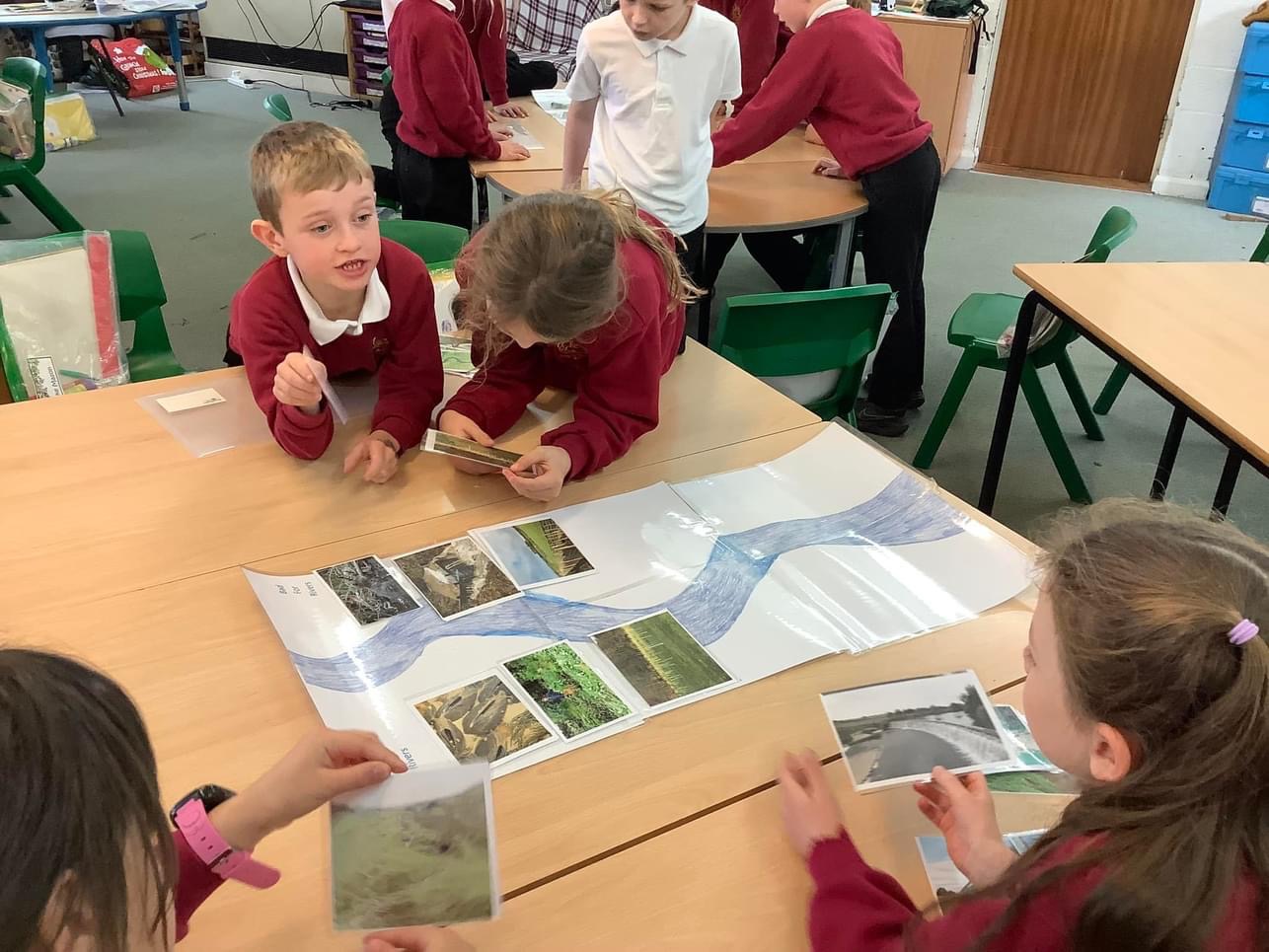
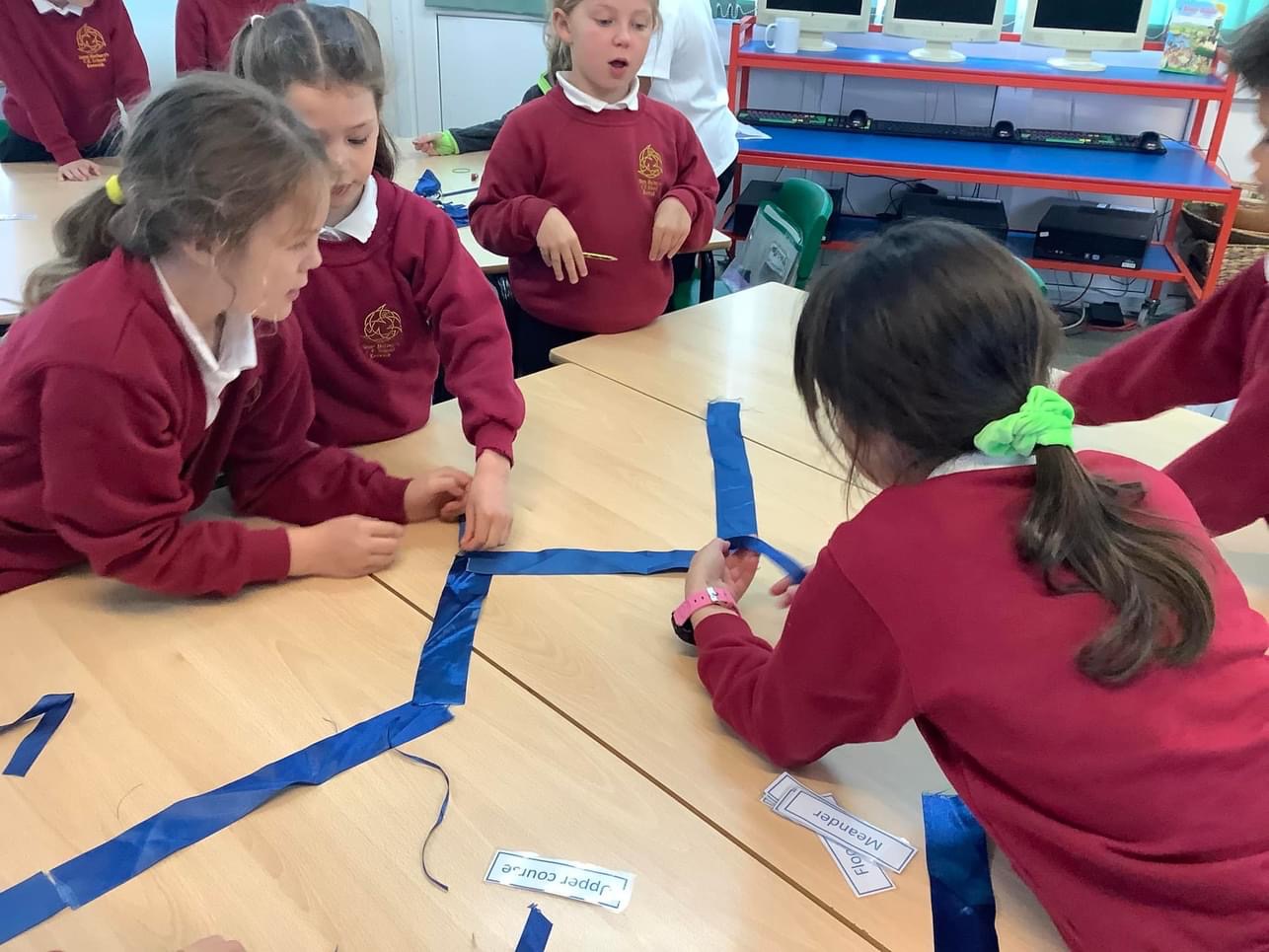
Year 3 and 4's learning about rivers was enhanced by a visit from West Cumbria Rivers Trust. This was both in the classroom and at the River Greta in town, completing fieldwork.
